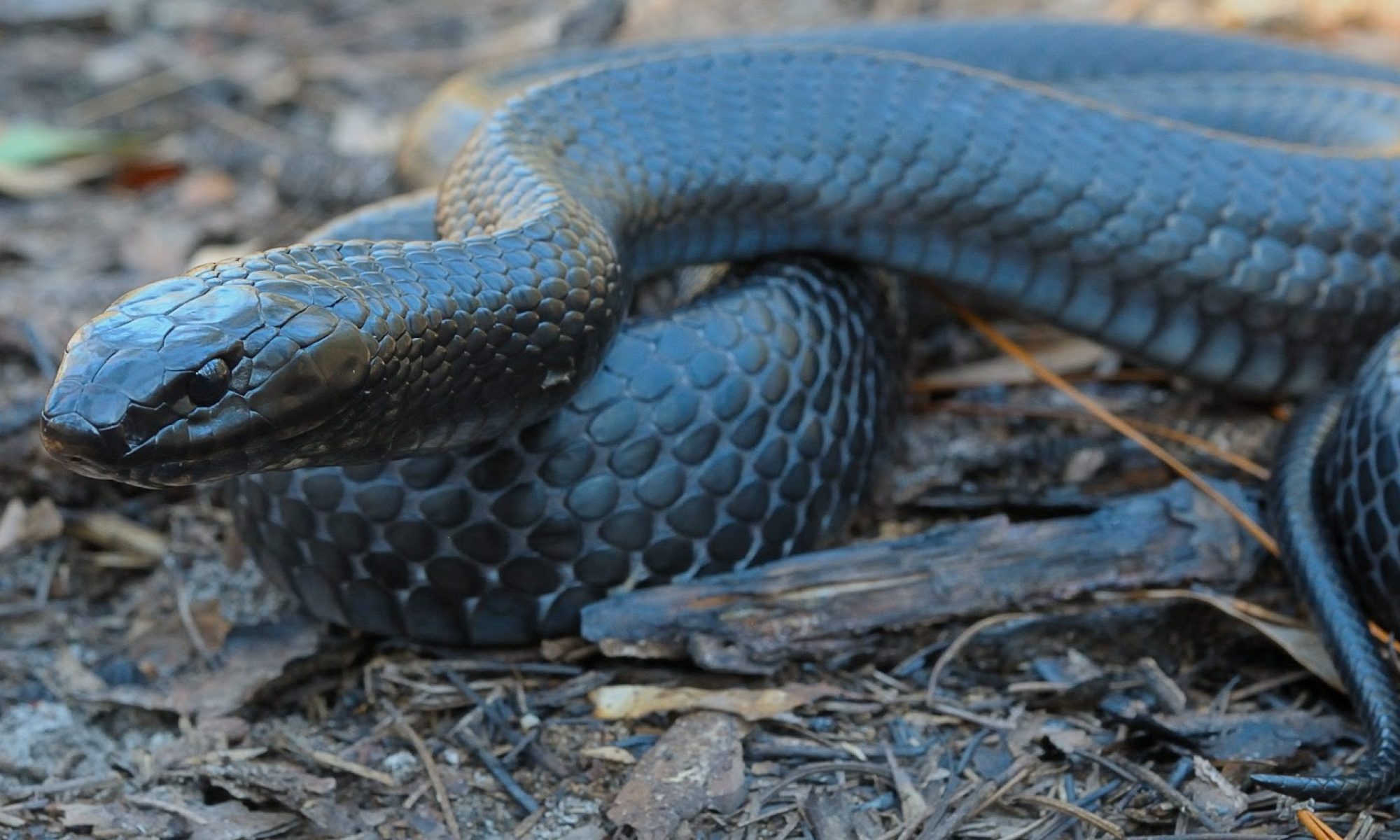Identifying and evaluating representative units that contribute to a species’ adaptive potential are important components of assessing overall species’ viability (Shaffer and Stein 2000, entire). This is because populations that are distributed throughout multiple representative units may increase a species’ ability to respond to environmental changes over time. Representation of the eastern indigo snake can be described in terms of ecological (latitudinal or regional) variability, which incorporates the genetic variability, for the species across its range. Below we examine these aspects of the historical and current distribution.
Ecological Variability– Ecological variability for the eastern indigo snake has decreased because tortoise-dependent populations in the Panhandle region have been lost (97% decline in population extent) and have declined by more than 50% and 30% in the North Florida Region and Southeast Georgia regions, respectively (Table 6). Therefore, only 2 out of 3 northern (gopher-tortoise dependent) regions are currently represented. It is believed that this decline is most likely the result of low densities of gopher tortoises whose populations have been impacted by human harvest for food and by habitat degradation (e.g. fire exclusion, incompatible forestry) (Enge et al. 2013, p. 289). Conservation of gopher tortoise populations is on-going throughout the range of the eastern indigo snake and efforts to restore eastern indigo snakes to the Panhandle region are on-going (See section 4.8). Eastern indigo snake populations have also declined (by 42%) in the southern (non-gopher tortoise-dependent) population region (Table 6). Populations remain throughout the region; however considerable declines are most evident in the extreme southern region, including the Florida Keys.
Genetic Variability– Genetic variability has been documented within a north-south gradient (2019) as well as an east-west (Atlantic-Gulf) gradient (Krysko et al. 2016b, entire). The north-south genetic gradient is the same as the representation described by the ecological variability (above) and therefore has experienced similar declines. Generally, the Southeast Georgia and North Florida regions represent the Atlantic clade and Peninsular Florida and the Panhandle regions represent the Gulf clade described by Krysko et al. (2016b, entire). While representation of the Gulf clade in the Panhandle region has been lost (97% decline), populations remain throughout Peninsular Florida but at a reduced level (42% decline).
Summary
From an ecological and genetic variably perspective, the contemporary distribution of the eastern indigo snake provides species’ representation but has considerably decreased from its historical representation. Most notably are the loss of populations in the Panhandle region and a contraction of the distribution in the southern extent of the Peninsular Florida region, including the Florida Keys. In addition losses from the North Florida region may be particularly important for maintaining species diversity because of its geographic location where both the ecological and genetic gradients come together.
